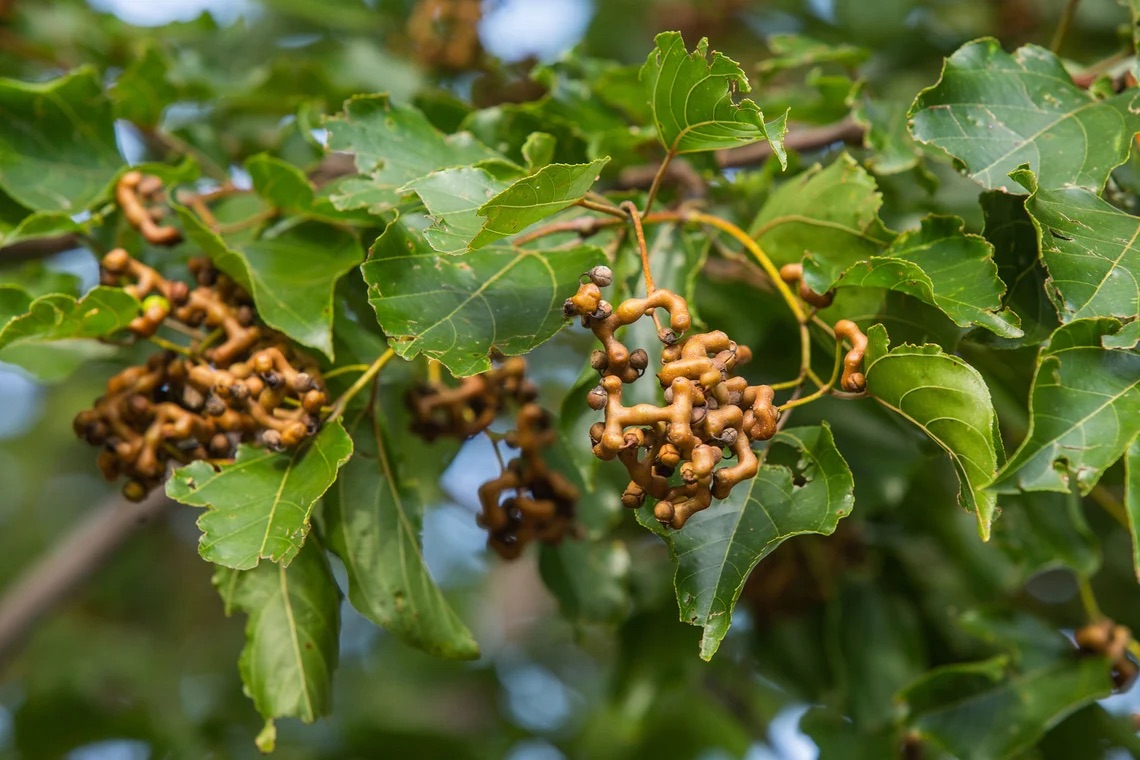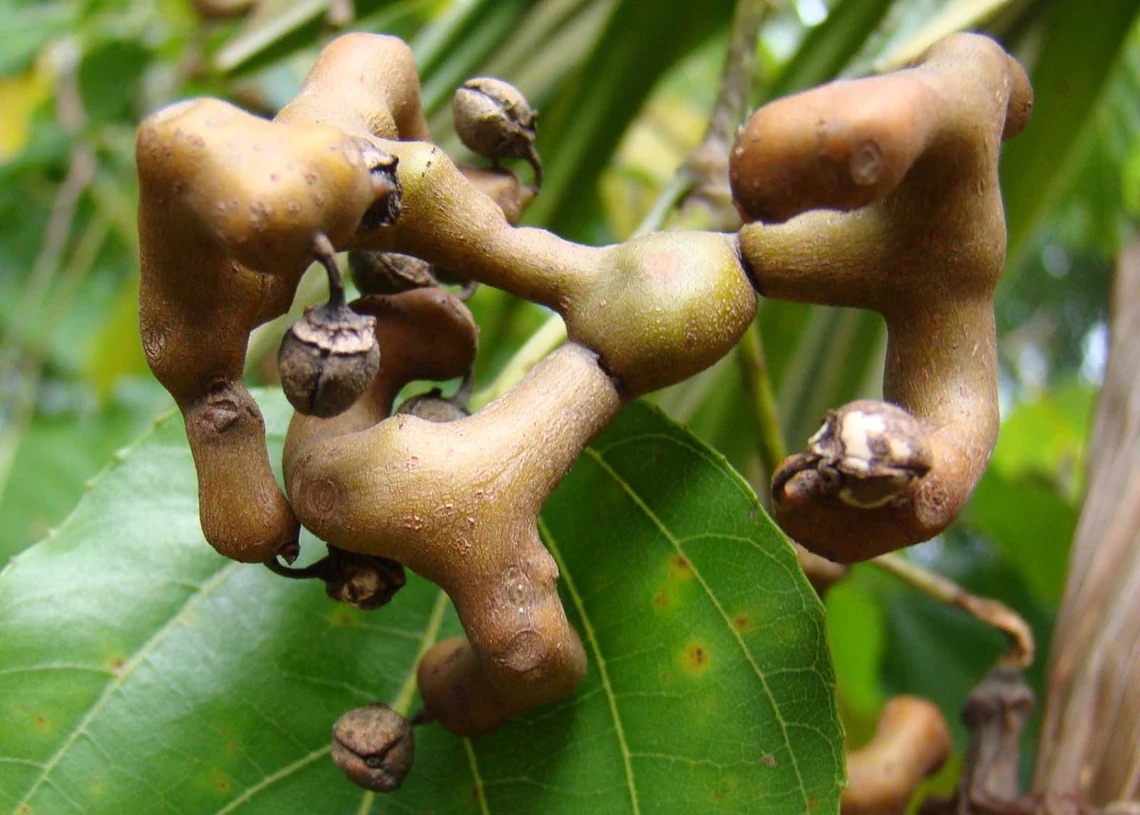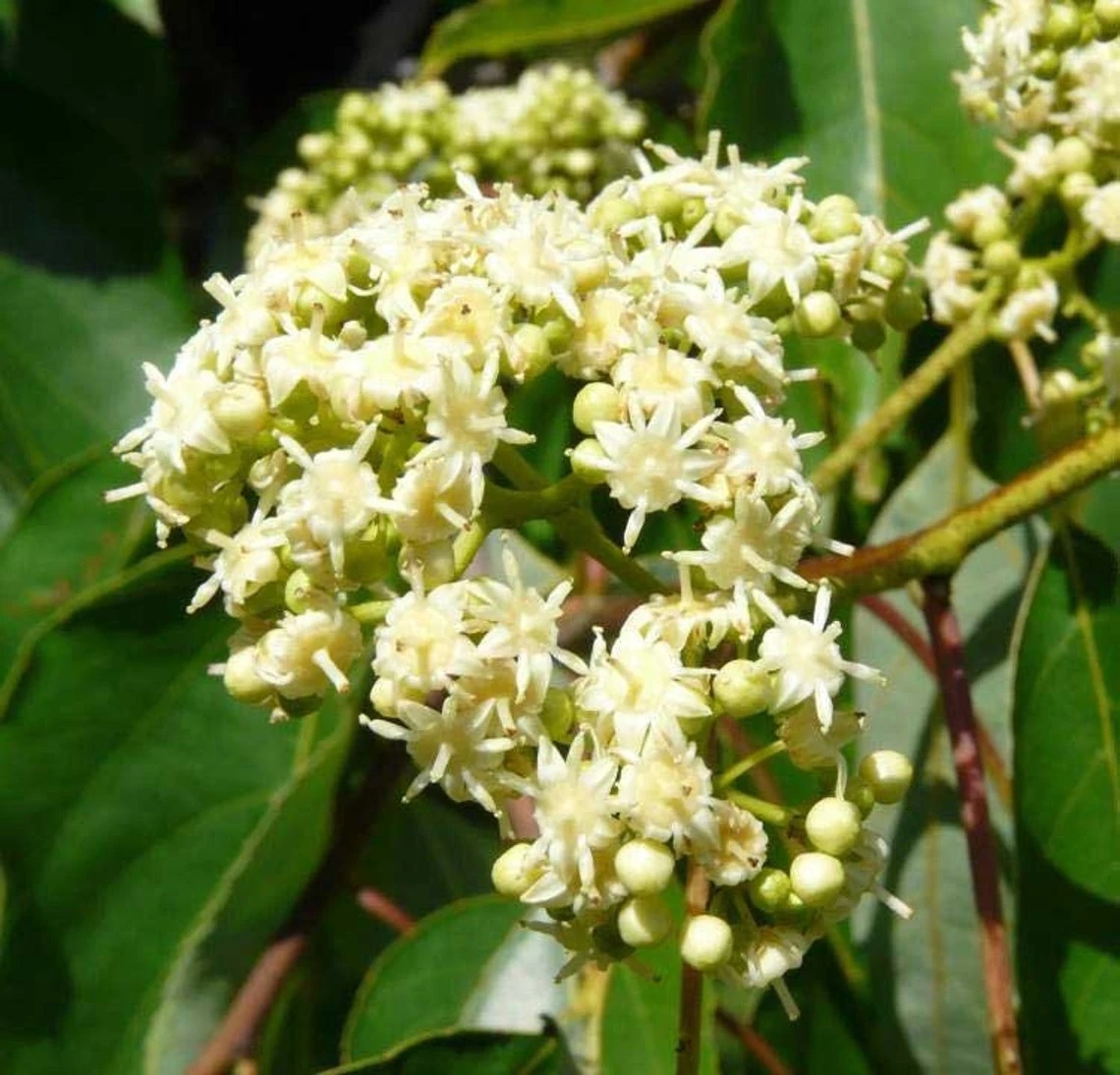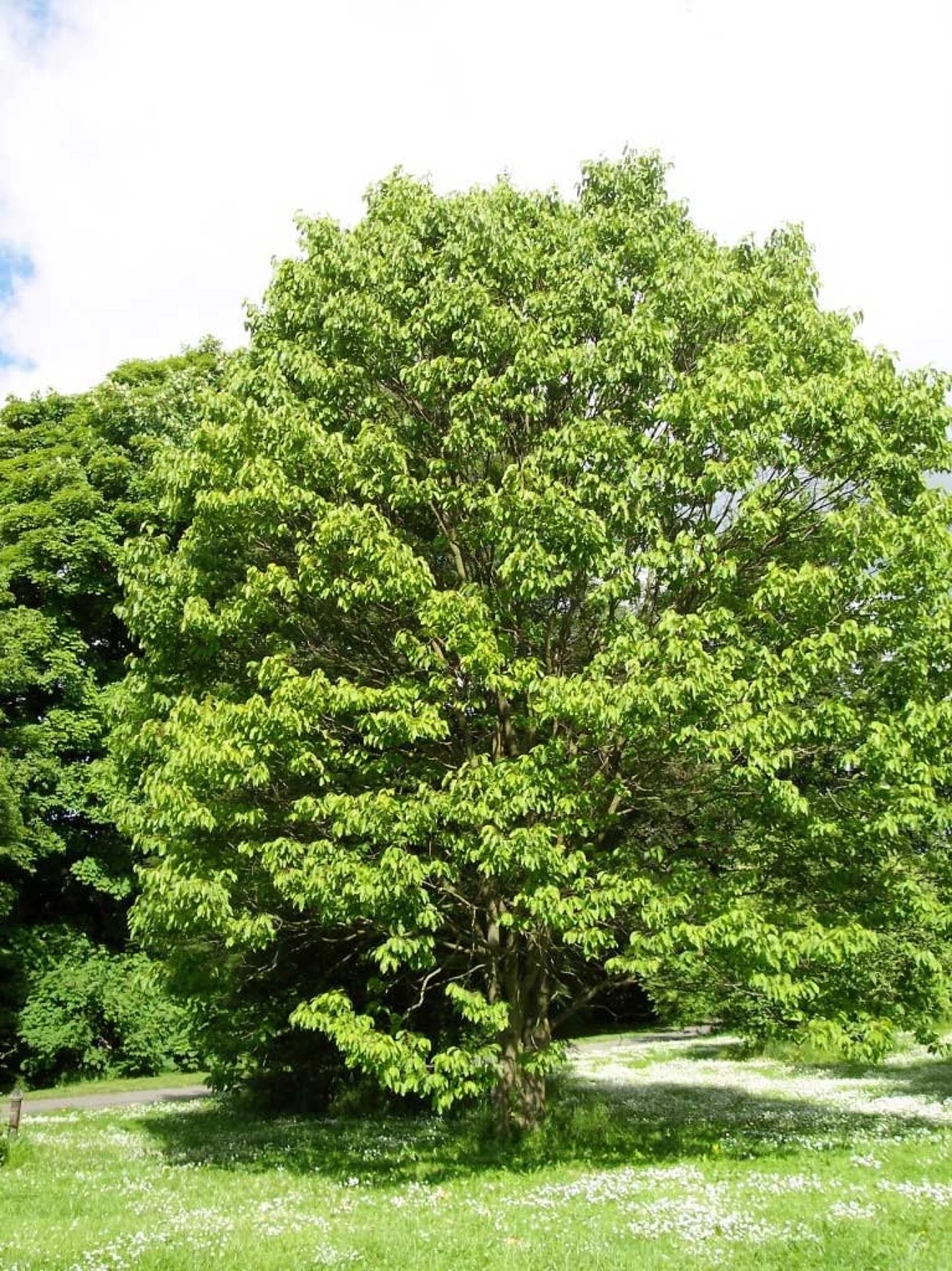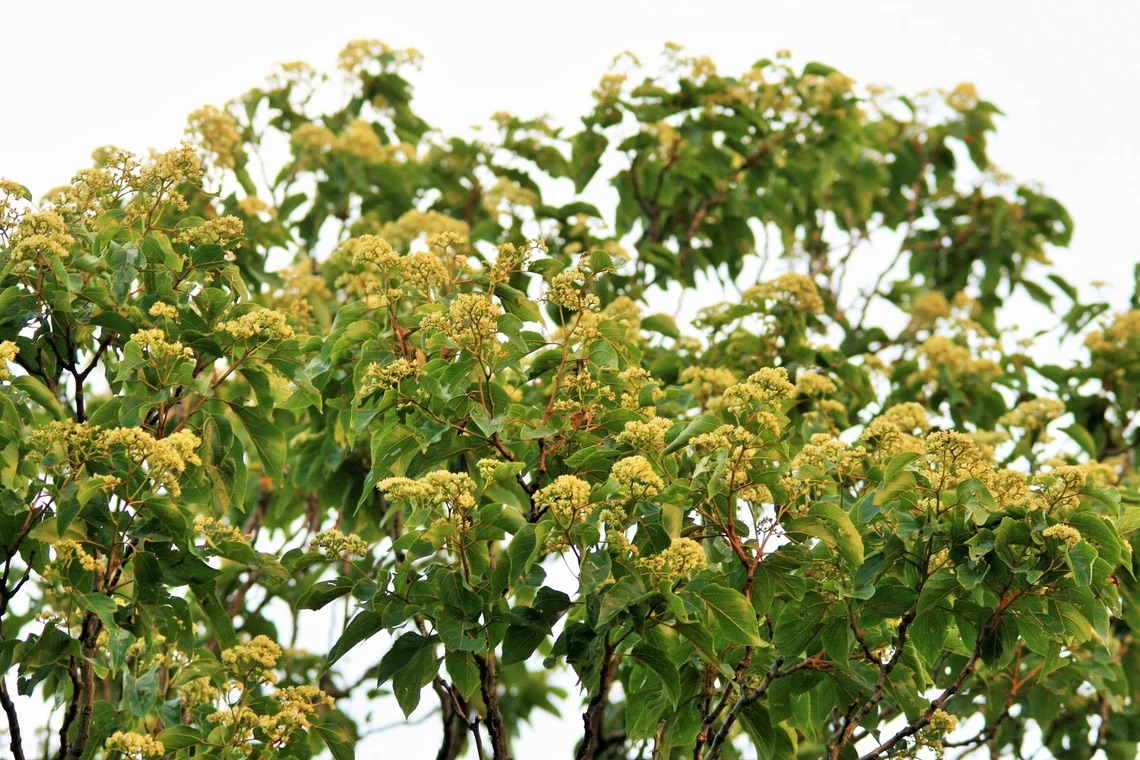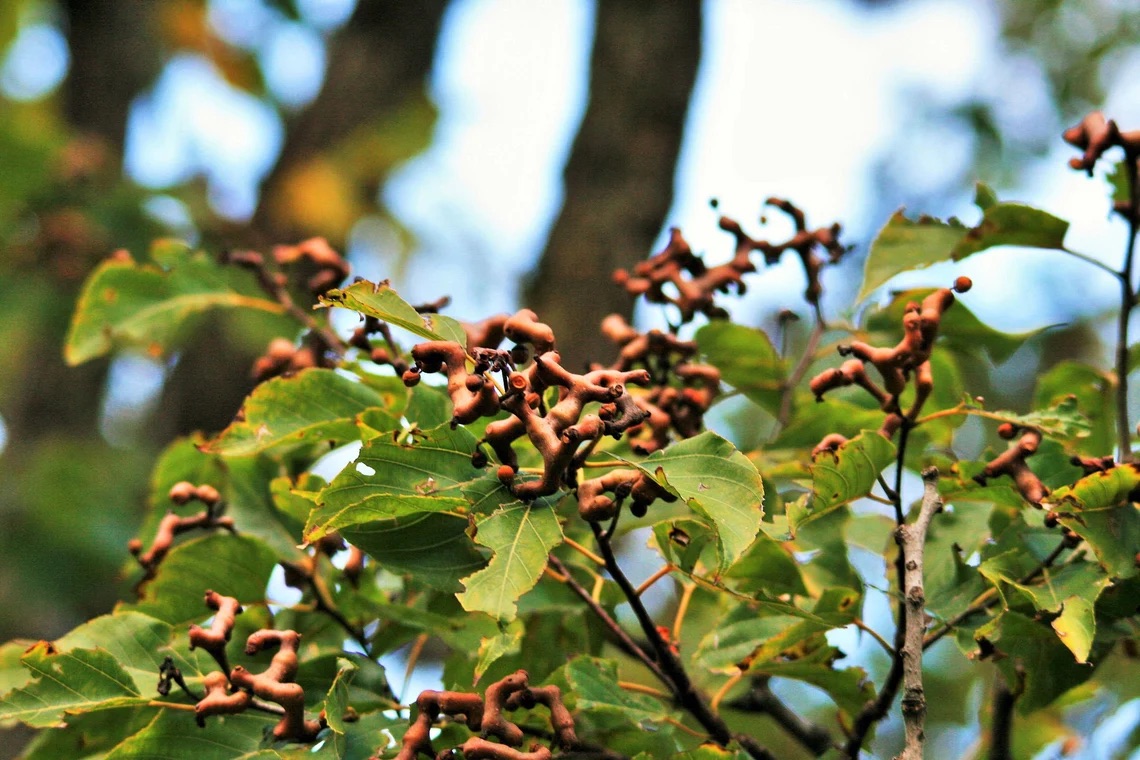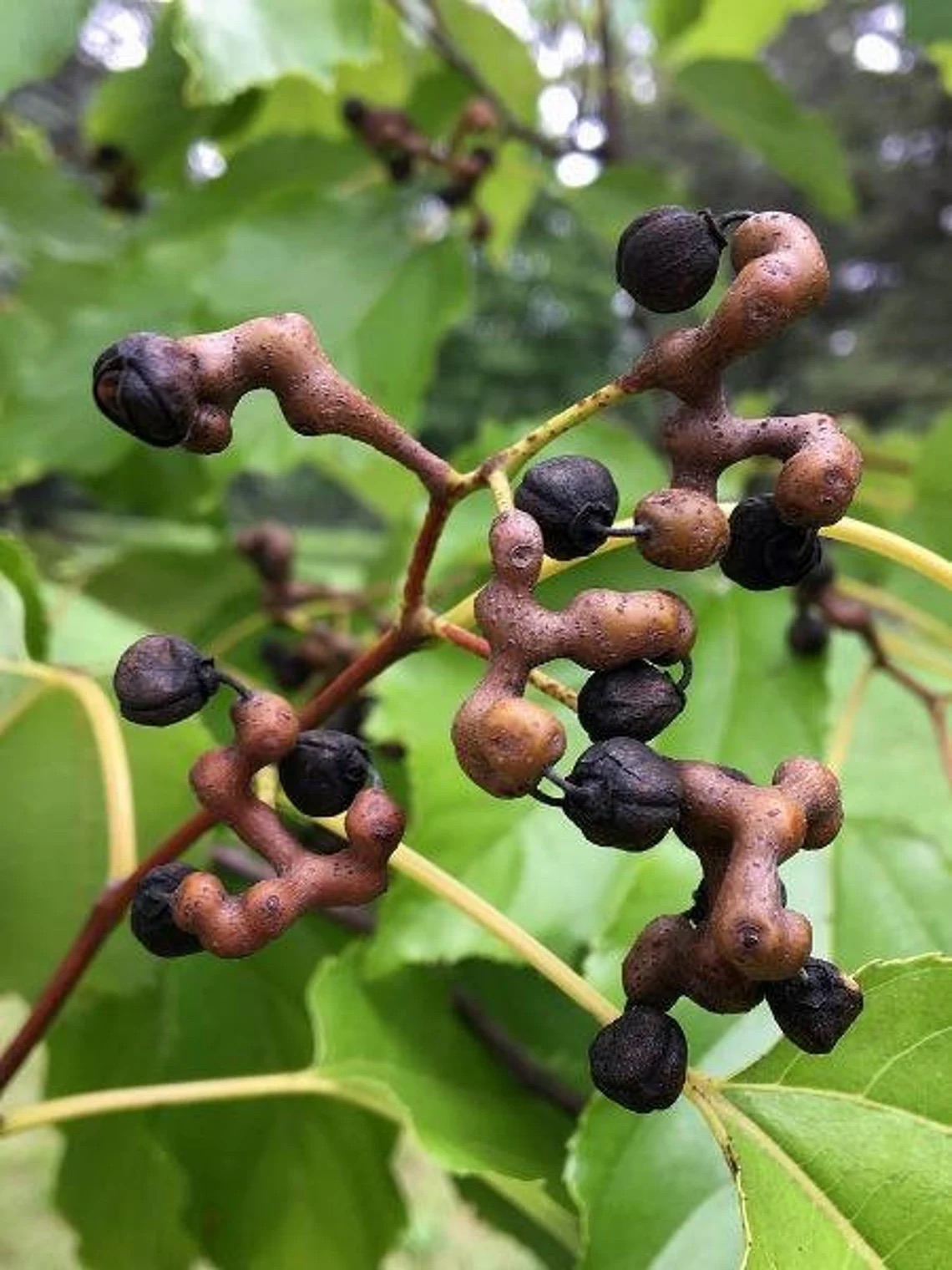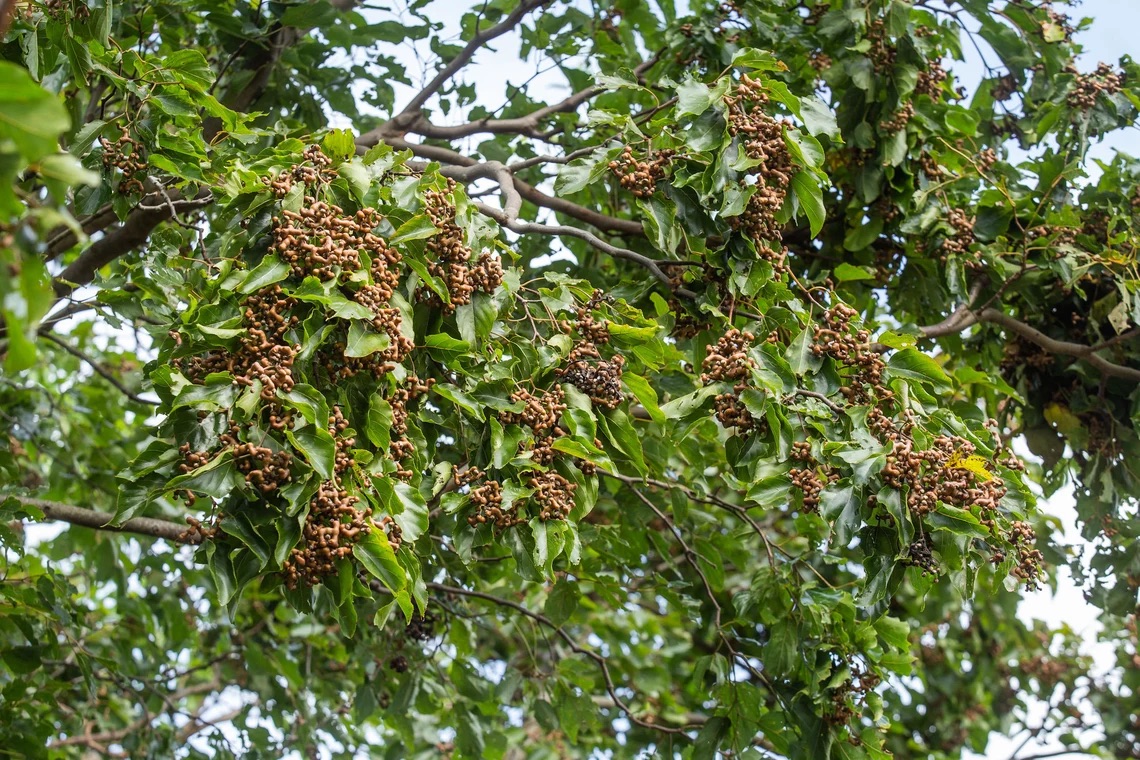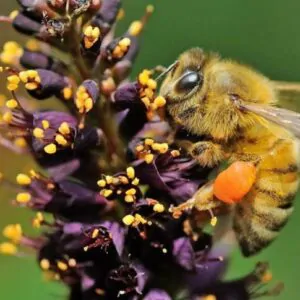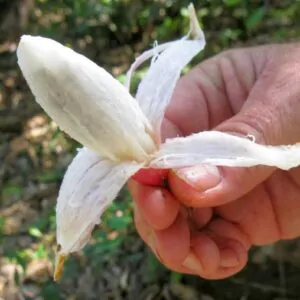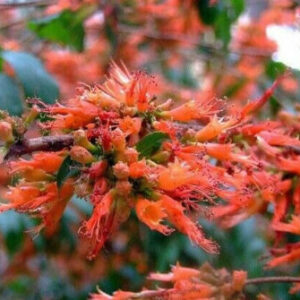Description
A small, deciduous tree or large shrub, rarely more than 10 m tall with heart-shaped leaves and small, white to greenish flowers followed by small, woody and inedible fruits. As the seeds mature in late summer and autumn however, the fruit stalks swell up and become soft and edible with a sweet, aromatic taste. Hovenia dulcis is widely distributed from the Himalayas to China, Japan, Korea and Thailand between 200 and 2000 m. Its highly desirable, hard wood is used to make furniture. In cultivation, Hovenia dulcis adapts to both temperate and cool tropical climates and is hardy to USDA Zone 5 if summers are warm enough to fully mature its new growth.
Hovenia dulcis, the Japanese raisin tree or oriental raisin tree, is a hardy tree found from Asia, over Eastern China and Korea to the Himalayas (up to altitudes of 2,000 m), growing preferably in a sunny position on moist sandy or loamy soils. The tree known for its health benefits when consumed in tea, introduced as an ornamental tree to several countries, also bears edible fruit. It is considered to be one of the most pervasive invaders in Brazilian subtropical forests.
